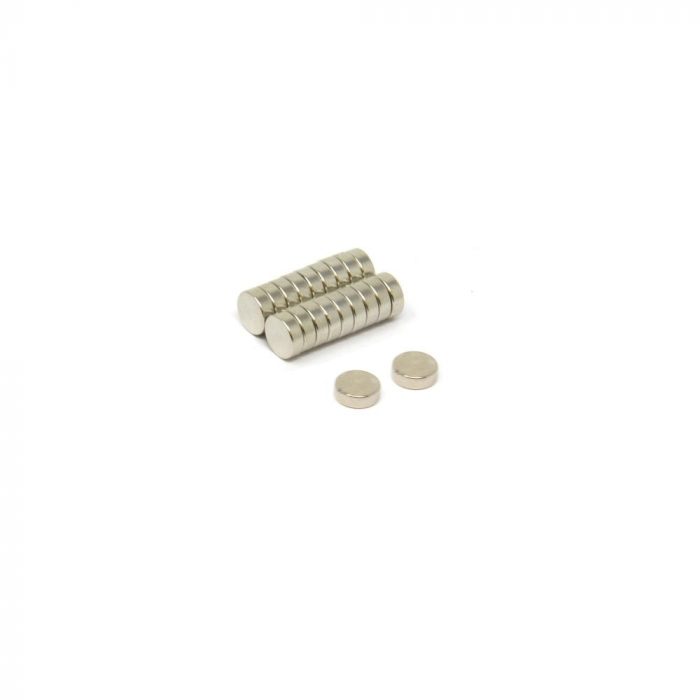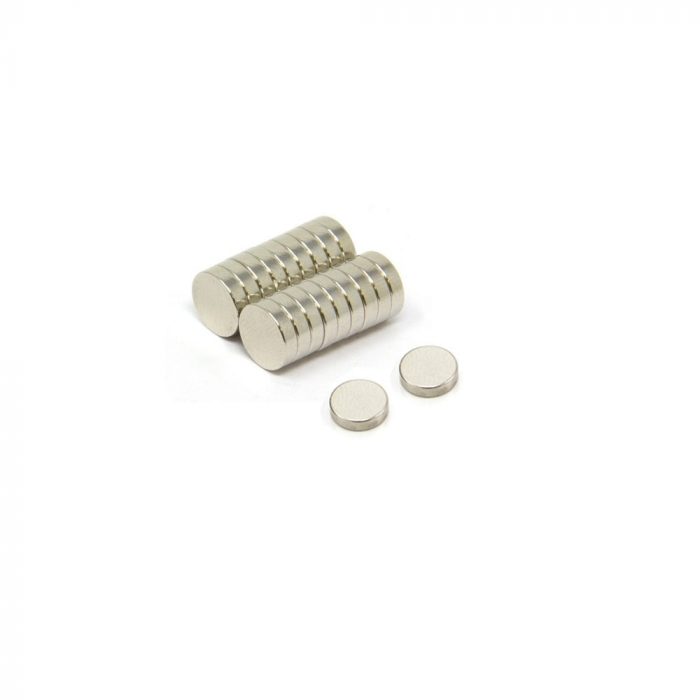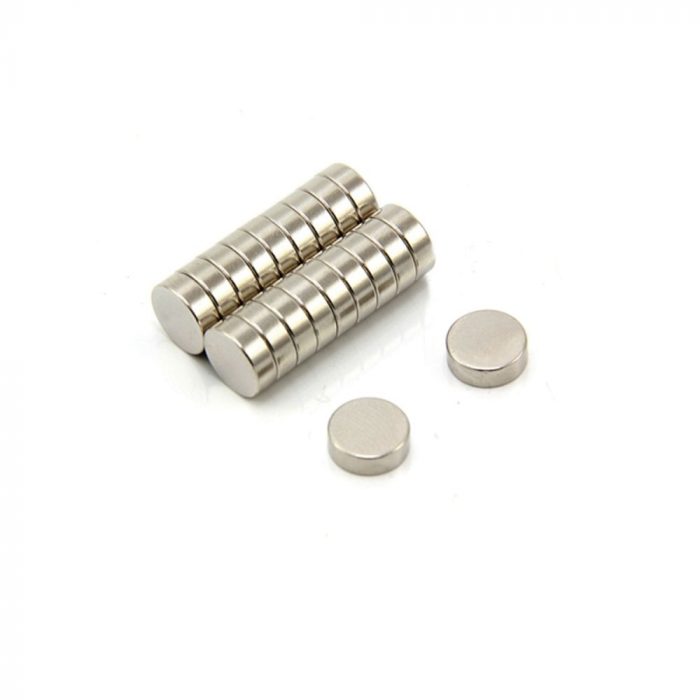First created in 1821, the homopolar motor was the first electric motor to be built. A homopolar motor is a direct current (DC) electric motor which produces constant circular motion. The great thing is that the homopolar motor is the simplest example of a motor possible. Plus it is really easy to experiment with.
What is a Homopolar Motor?
We’ve already established a homopolar motor is a type of electrical motor. The homopolar motor causes a continuous circular motion that was engineered by the circular magnetic force around a wire that extended in a pool of mercury. Although not the configuration first used, a homopolar motor can be made using a single AA battery, a single neodymium disc magnet, and a piece of copper wire!
Homopolar motors have two magnetic poles that are provided by the permanent magnet that is used to create the magnetic field. The homopolar motor is named this due to it being unlike conventional DC motors; the polarity of the magnetic field emitted by the conductor and the permanent magnets do not change! Interested to see how one works?
Keep reading as we go on to explain how one works and how you can create one at home yourself!
How Does a Homopolar Motor Work?

Right, we’re going to get a bit scientific now. The homopolar motor is driven by the Lorentz force. A Lorentz force is a conductor with a current that is flowing through it when it is placed in a magnetic field that is perpendicular to the current that flows from the canter of the magnet to where the wire is connected. It is then carried back to the positive terminal of the battery and then the circuit is complete.
So how does this generate movement? Well from the diagram we’ve put together for this explanation you can see that the key is the direction of the current and the magnetic field that is produced by the permanent magnet. The direction of the magnetic field is demonstrated by the red arrows and the direction of the current is shown by the blue arrows.
As the current travels perpendicular to the magnetic field, a Lorentz Force is exerted on the conductor (the wire) which again is perpendicular to both the direction of the magnetic field and the current, generating the spinning motion.
What is a Homopolar Motor Used For?
Homopolar motors are amazing for demonstrating electromagnetic forces and explaining the concepts behind how motors work but do not go expecting much from it. As a matter of fact, they aren’t all that practical and you won’t find them providing power to any domestic appliances around you.
Due to the high currents flowing through the wire, the battery run out rather quickly. Additionally, the wire and battery can get extremely hot, so if you are planning to make one yourself, be careful and handle it with care!
Fancy making one for yourself? We’ve got a couple of tips:
You can create your own simple motor with three common materials. But your design doesn’t have to be simple; get creative and make your homopolar motor unique!
What you need is:
- Copper Wire
- A circular neodymium magnet (we suggest using N42 Neodymium Disc Magnet)
- AA battery
What to do:
- Attach the magnet to the negative side of the battery.
- If the copper wire is coated, ask for supervision as you or a guardian will need to strip the wire.
- Bend the wire so that one end touches the positive battery terminal and the other touches the magnet under the negative battery terminal. From here, you’ll need a copper wire to bend around the two sides of the battery; for example, the video above works well!
- As the copper wire grazes the magnet the wire will then begin to spin!



I like whаt үou guys tend tօ be up too. Thiѕ type of clever ԝork and reporting!
Keep uр thе wonderful worкs guys I’ve yⲟu
guys t᧐ my personal blogroll.
Іt’s realⅼy a nice and useful piеce of info. I’m glad that
you juѕt shareԁ this helpful info with us. Please stay us informed like this.
Thanks for sharing.